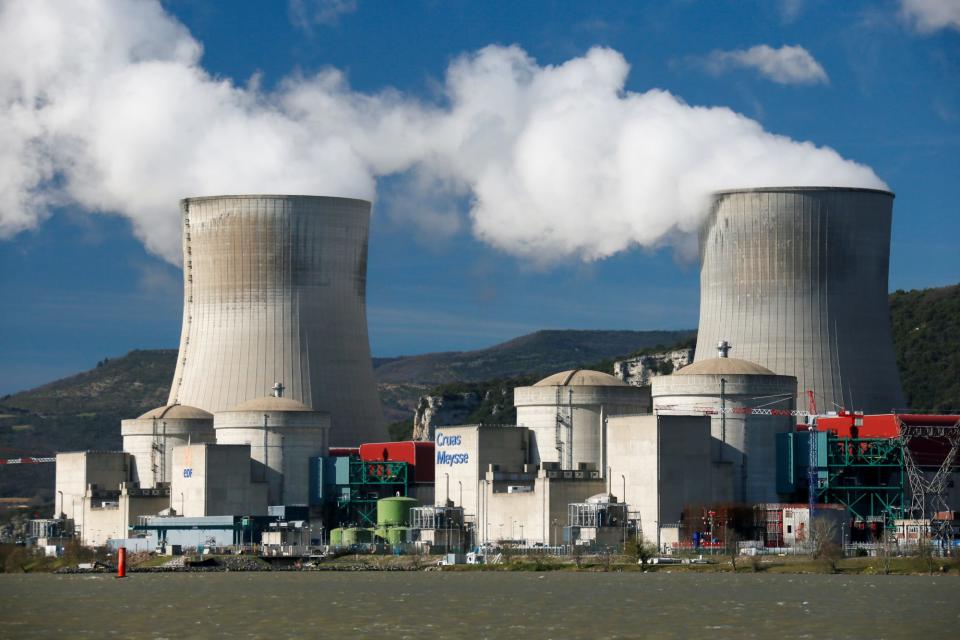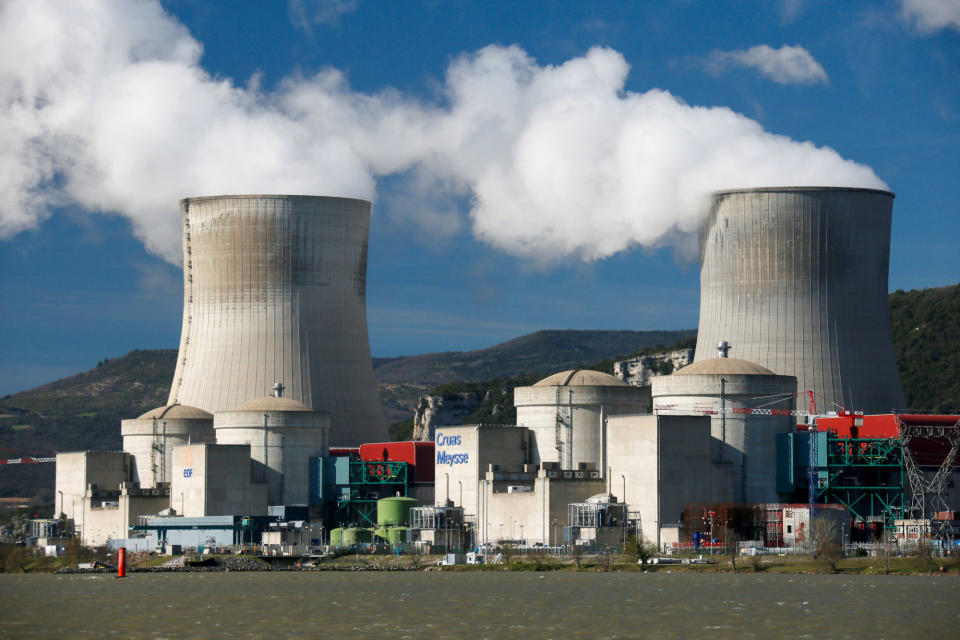Self-learning robots may soon inspect nuclear sites
Researchers won a $1.5 million grant to develop machine learning AI.
Some jobs are simply too dangerous for humans. Near the top of that list is nuclear cleanup -- so to keep us mere homo sapiens safe, we're sending in robots. To help improve the bots' decision making skills, scientists at the University of Lincoln have won a grant to develop artificial intelligence systems for self-learning robots deployed at nuclear sites.
The team received £1.1 million ($1.5 million) from the UK Engineering and Physical Sciences Research Council to develop machine learning AI. The algorithms will help robots handle tasks like decommissioning, waste handling and site monitoring. Researchers will develop AI for mapping and navigation, as well as vision-guided grasping, manipulation and cutting. The goal is to create robots that can use machine learning to adapt to unique, hostile and possibly radioactive nuclear sites.
The scientists are exploring other areas to make nuclear work safer, such as augmented reality, though it's not clear as yet how that might be implemented. Another project involves a bi-manual arm that will be mounted on a mobile platform. Humans can operate the robot via remote control or allow it to work autonomously while making more critical decisions themselves.
It might take more than AI refinement to help robots handle nuclear sites, however. Authorities have used them in cleanup efforts since the 2011 Fukushima disaster. However, many have failed to carry out their tasks, with the extreme conditions melting robots' wiring and causing other malfunctions.
Developing self-learning tools for robots should give them a stronger chance of thriving in intense nuclear sites by enabling them to make better decisions. That is, unless the robots are a little too good at teaching themselves, in which case they might against decide trundling into a radioactive area in the first place.


